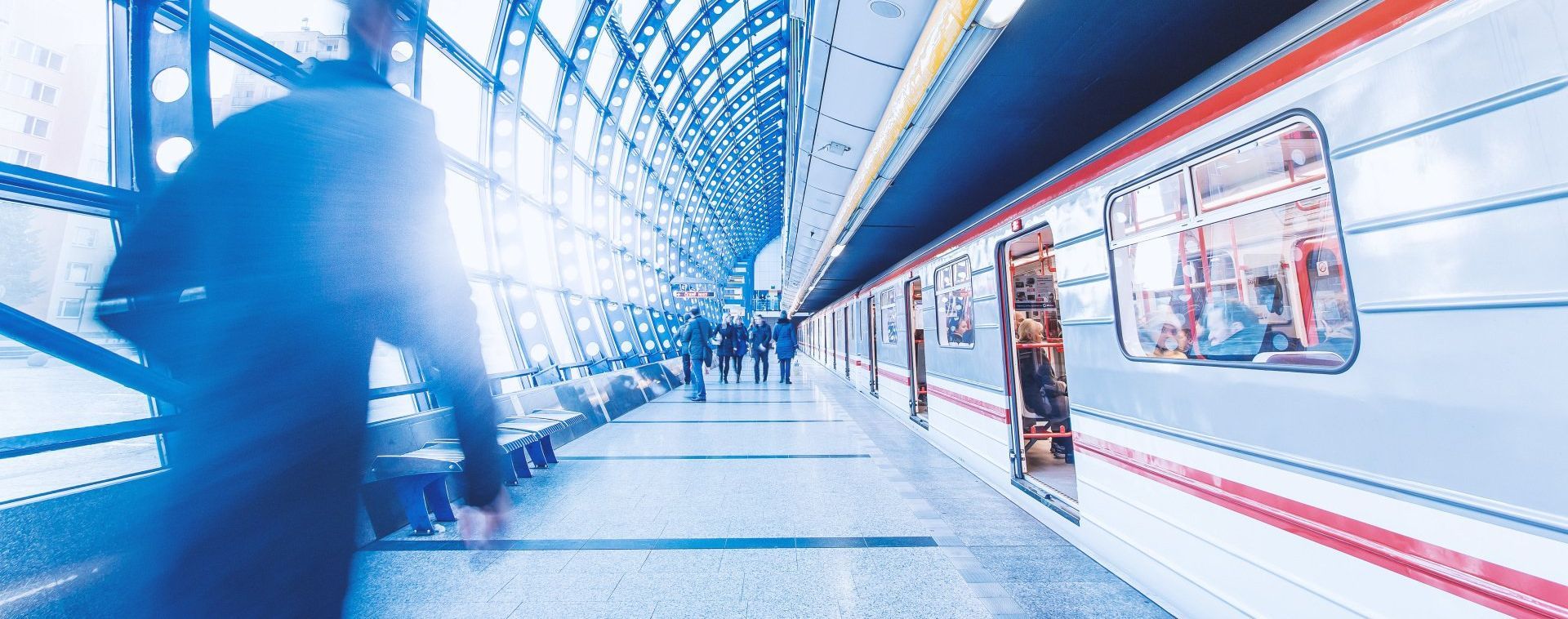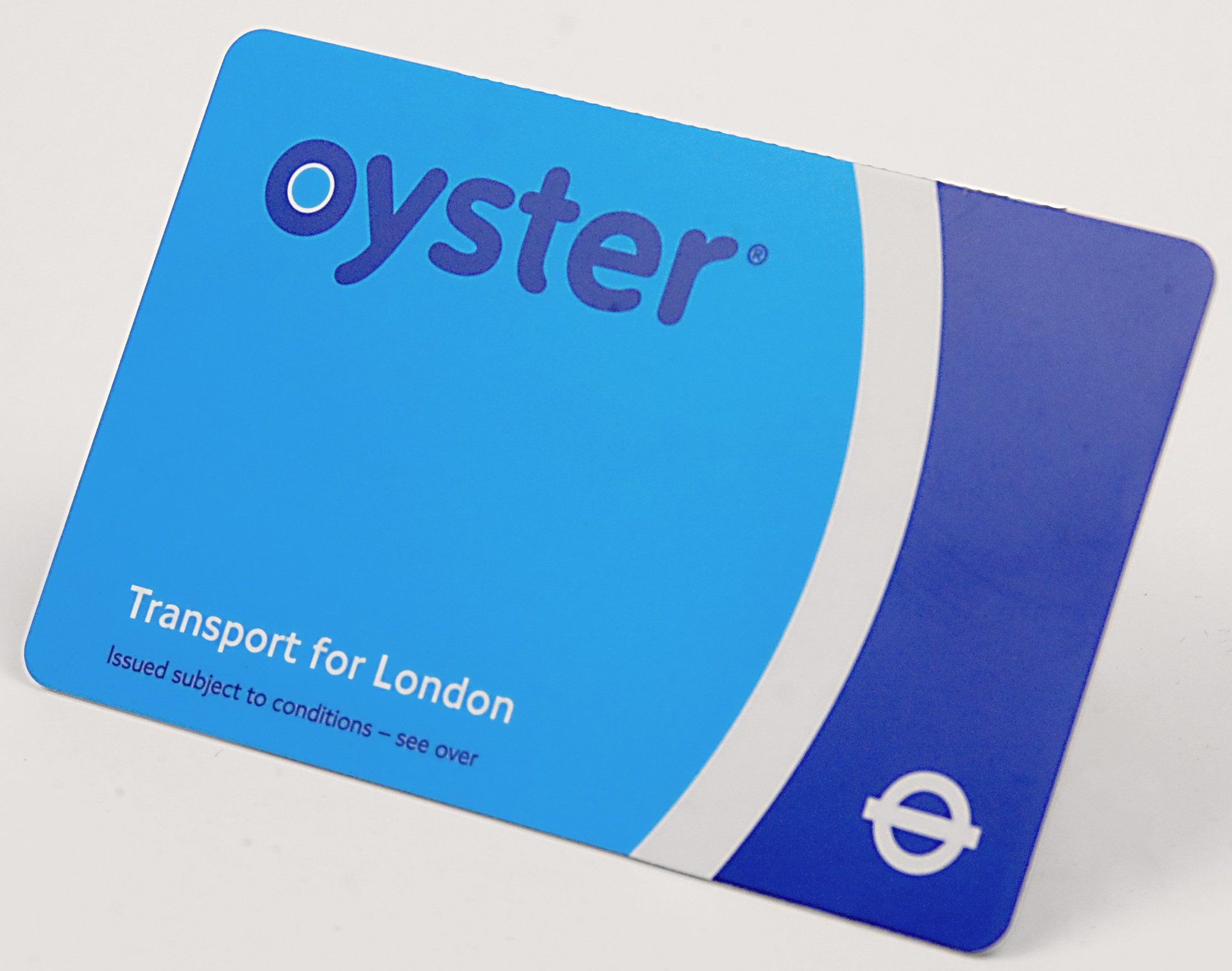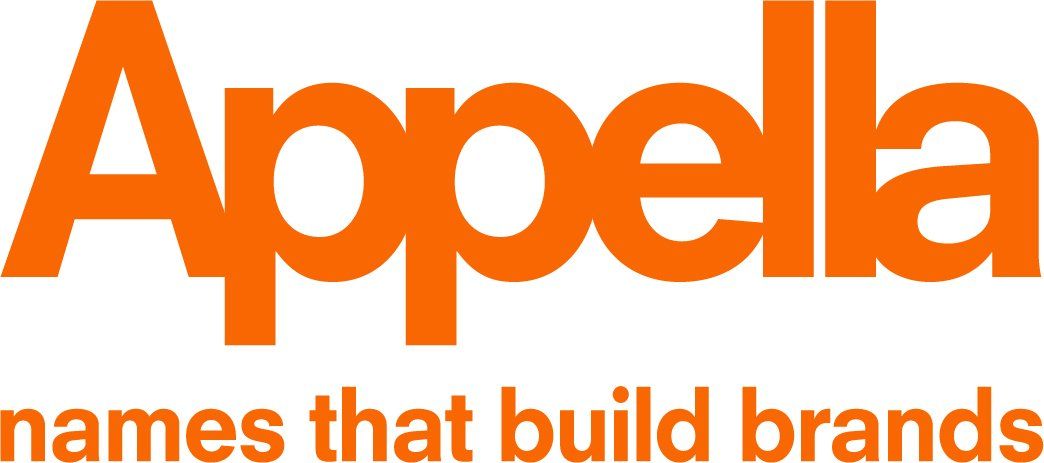Celebrating Our Work On The Oyster Card - 20 Years On!
If you’re under 30 then you probably think it’s been there forever. If you’re over 50 you might think, on reading this, ‘What! Has the Oyster Card really been around for 20 years?’
Andrew McCrum and Appella are delighted to be associated with one of the Capital’s and the country’s most popular and familiar brand names. That the Oyster Card continues to feature so prominently on London Transport and London Train Station advertising and sign boards pays testament in the main to the dedication of Tfl (Transport for London) in championing the name and the brand. Its success is also in no small part owing to the enduring appeal of all those constituent elements which make up the brand meaning, most relevant perhaps: pearl ‘money loaded’, shell ‘smart card security’, circular shape ‘touch pad’ and ‘the world is your oyster’ travel reference.
The continued health of the Oyster Card brand in the era of contactless payments may, perversely, owe something to the increasingly unhealthy and depleted marine medium in which the original mollusc lives and the heightened awareness we humans have not just for endangered species but for wildlife in general.

Oyster Card - A Short Timeline:
January 2003
Following a full name creation process, out of three selected and
linguistically profiled names Oyster emerges as the strongest. Oyster is recorded as having a very high uniqueness value – and thus high memorability in the mental lexicon – when compared competitively to the uniqueness values of the other two names. That is to say, the speech units and morphology of neighbourhood words to Oyster, such as oy and master, are relatively minimal. Despite early reservations with TranSys and TfL and on account of its oddness, Oyster emerges over the next few weeks as the dominant name and is registered as a trademark.

June 2003
Oyster Card launches in London tube stations.
Spring 2004
Oyster Card extended to use on London buses.
January 2005
Transport for London (TfL) and Friends of the Earth hail Oyster an environmental asset, with 100,000 fewer paper tickets being sold every day - a saving of 32 million paper tickets a year - since the Smartcard was introduced.
A paper ticket is 8.5cm in length, so laid end to end, this results in an annual saving of 2,720km of paper - more than six and a half times the distance covered by the entire Tube network.
March 2006
Oyster to be used on London Overground.
Jan 2009
Use extends during 2009 to the National Rail Service. BBC News reports in January “As a result of the change it will mean that those coming in from the suburbs will be able to use one card to get around the capital.
March 2012
The Queen and animated characters depicted in front of Buckingham Palace feature on two commemorative Oyster cards. The special pay-as-you-go cards, one for the Queen's Jubilee and the second for the London Olympics, were available at Tube stations in Zone 1. Around 1.5 million Olympic editions of the card for were in use from mid June. The Olympics Oyster card includes images of sports, the Diamond Jubilee Pageant on the River Thames and bunting to mark the summer of events in the city.
See more:
https://www.bbc.co.uk/news/uk-england-london-17521948
May 2012
Smartcard payment is introduced to run alongside Oyster Cards
If you'd like to find out more about the role we played in this, click through to our
Oyster Card Case Study.

